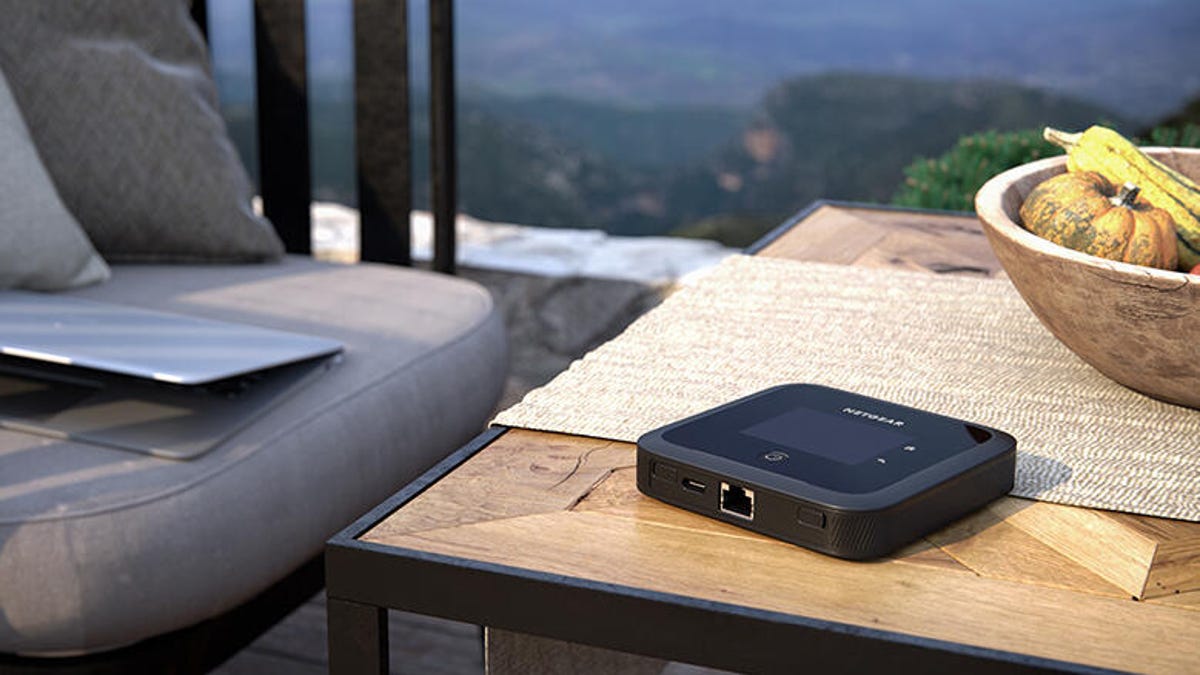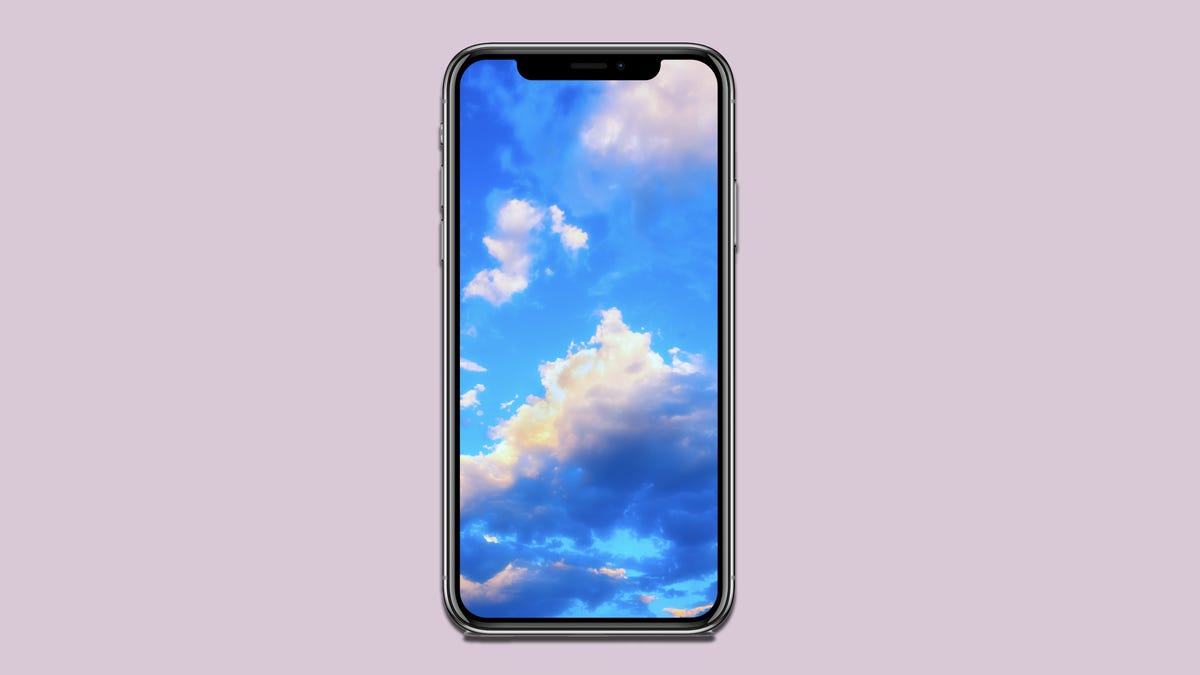Internet Connection Types Explained – CNET

Pricing is an obvious consideration when shopping for internet. You want a connection that’s affordable. But you probably also want one that’s fast, reliable and, of course, actually available in your area. Though pricing largely depends on the provider, speed potential, reliability and availability mostly fall on the network and connection type your ISP uses.
That’s why it’s important to take into account a provider’s connection type when choosing the best ISP for your home. Fixed connection types, as in a wire is connected directly to your home, include fiber-optic, coaxial cable and copper (or DSL) internet. Satellite internet, fixed wireless and the increasingly popular 5G home internet round out your potential wireless internet options.
So what’s the difference between them all? This guide will walk you through the different types of internet connections that may be available in your area, how they work and what limitations you can expect from them. Connection types are listed in order of most to least recommended.
Fiber internet: The best, but with limited availability
Fiber-optic internet refers to a connection that comes to your home via long, thin strands — or fibers — of glass or plastic. ISPs send data along these fibers as light signals, resulting in speeds and reliability that are superior to other connection types.
Fiber-optic can deliver download speeds as fast as 2 gigabits (2,000 megabits per second) or higher — fast enough to download a two-hour movie in HD in less than a minute — but you’re likely to find max download speeds around 1,000Mbps from most fiber-optic providers. Upload speeds, which are especially important when working and learning from home, are also significantly faster with fiber-optic service and typically mirror download speeds.
Pricing for the ultraspeedy plans can easily run you $100 or more per month, but most providers also offer slower (if speeds of 100 to 1,000Mbps can be considered slow) speed tiers for $40 to $90 per month. Other connection types may present slightly lower introductory prices, depending on the available providers in your area, but when you take into account the speeds you get for the price you pay, you’re likely to find the best value with fiber internet.
Availability is the only real disadvantage with fiber. Laying enough fiber-optic cables to connect entire cities and regions is a huge logistical challenge, and with lots of competition and red tape to cut through, it’s been slow going for any of the major service providers to expand coverage to underserved areas. Consequently, fiber internet is only available to around 37% of US households and primarily those in urban areas, according to the Federal Communications Commission.
Notable fiber internet providers
Cable internet delivers a connection to your home via copper coaxial cable — the same as traditional cable TV.
Cable internet: Your standard connection
Cable internet lacks the full speed potential and reliability of fiber-optic service, but it’s much more widely accessible. Cable is one of the most common types of internet connections — available to nearly 90% of US households — and you’ll often find it bundled with home phone service and TV packages. That makes sense, because cable internet uses the same coaxial connections as cable TV.
Though not as speedy as fiber internet, cable internet service is still one of the fastest connection types. Most cable providers offer a variety of speed options, including a gigabit plan with download speeds around 940Mbps. Upload speeds are a much different story, however, as few cable internet providers deliver upload speeds above 50Mbps. Speed reliability can also be a concern with cable internet as the connection type is susceptible to network congestion and slowed speeds, especially during peak usage times.
Cable internet pricing varies quite a bit among providers, but cable is, for the most part, one of the more affordable internet connection types. You can get a broadband connection from providers like Cox, Mediacom and Xfinity starting at around $30 per month. Spectrum, another big name in cable internet, has a higher starting price at around $50 per month, but comes with max download speeds of 300Mbps.
Notable cable internet providers
This portable Netgear Nighthawk mobile router takes an incoming 5G signal and broadcasts it out as a Wi-Fi network your nearby devices can use to get online. If you wire it to a dedicated Wi-Fi router, the connection can cover a wider area.
5G home internet: A growing wireless alternative
Mobile internet is largely designed for your phone, but as the technology improves and speeds increase — especially with the emergence of 5G — mobile connections are becoming more practical for home internet use.
With this internet connection type, a cell carrier such as AT&T, T-Mobile or Verizon sends 5G signals in all directions. Many are picked up by cellphones, but for home internet, a router receives those signals and turns them into a home connection. It’s a great way to get broadband without the need for running a line to your home or in some cases, dealing with the companies that have run those lines — ISPs have notoriously low customer satisfaction ratings.
If you’re living in a city or another area with strong cellular infrastructure, you might be able to connect over 5G, with providers like Verizon offering speeds up to 1Gbps. You’ll also find cellular internet plans that use LTE, the previous generation of technology, or a mix of LTE and 5G.
When shopping for mobile internet for home use, it’s probable that you will only have one or two plans to choose from with a flat rate for whatever speeds are available at your address. T-Mobile offers a single 5G plan ($50 per month for download speeds ranging from 33 to 182Mbps), while Verizon offers two ($50 or $70 per month for download speeds ranging from 85 to 300Mbps or 300 to 980Mbps, respectively).
Notable cellular internet providers
Fixed wireless internet: Also wireless, but with a few strings attached
Another wireless internet option, but one that may come with more steps and equipment while delivering slower speeds and less data, is fixed wireless. Similar to 5G, fixed wireless providers send internet signals over the air. But unlike 5G, you’ll need a mounted receiver with a direct line of sight to the nearest tower to receive those signals. Hills, trees, buildings or other obstacles nearby, they can distort or outright block your connection.
Fixed wireless internet speeds often range from 5 to 50Mbps. There are many variables that can affect the quality of the incoming signal, including distance from a local tower, so your available speeds may vary. Regardless of the speeds you can get, expect flat-rate pricing or around $50 per month. Plans also typically come with a monthly data cap of 200 to 300GB, depending on the provider.
Though fixed wireless has traditionally been a rural internet option, the connection type is rapidly expanding in metro areas thanks to providers like Google Fiber and Starry Internet. Instead of beaming services to individual residences, these providers send internet signals to entire buildings, such as an apartment complex, then run service to individual units via an Ethernet cable. These providers are capable of delivering speeds much faster than traditional fixed wireless service with gigabit speeds available in select areas.
Notable fixed wireless internet providers
DSL internet: Suitable for rural areas
DSL (that’s “digital subscriber line”) is a fixed connection most popular in areas without access to cable or fiber internet. With DSL, your connection to the internet runs through copper phone lines. it’s similar to dial-up service in that regard, but DSL is significantly faster than dial-up and won’t tie up your phone line.
DSL internet is best for those in rural communities looking for a somewhat reliable and affordable internet connection. While it does lag in speeds compared to pretty much every other internet type — only about 42% of those eligible for DSL service can get broadband speeds, defined by minimum downloads of 25Mbps and minimum uploads of 3Mbps — it can be a cheaper and sometimes faster alternative to satellite internet. Since DSL uses existing phone lines to deliver service, availability is high and providers can keep prices relatively low.
Notable DSL internet providers
With satellite internet, your connection comes from radio-equipped satellites in Earth’s orbit. You’ll need a dish to receive the signal.
Satellite internet: Often a last resort
Satellite internet is the most widely available type of internet because it doesn’t rely on ground-laid infrastructure like cables, cellular towers or line-of-sight antenna connections. Instead, you’ll use a mounted dish to connect with geostationary satellites orbiting miles overhead. If you have a clear view of the southern sky, there’s a pretty good chance that there’s a satellite provider willing to install a dish and offer you service, for a price.
On average, today’s satellite internet providers offer speeds that typically vary from 12 to 100Mbps. In most cases, that makes it a suitable option for smaller households who want to stream video, browse the internet and update social media.
New satellite providers — namely Elon Musk’s Starlink network, which began expanding service in select areas the last few years and Amazon’s Project Kuiper — are promising to bump those speeds up by using low Earth orbit satellites that are closer to the ground. That means that the signal doesn’t need to travel as far, which also makes for a reduction in latency, or lag.
Increased competition in the satellite internet industry may help bring costs down for the consumer. Currently, satellite internet is the most expensive internet connection type, by far. Starting prices for satellite internet are around $60 per month, but that’s for slow speeds — 25Mbps max — and low data allowances. If you want faster speeds or more data, satellite internet can quickly get up to $150 to $200 per month.
Notable satellite internet providers
Finding the right internet service for you
So which kind of internet connection is right for you? It depends on several factors. The first thing to think about is your typical usage, and how much speed you really need. If you plan to surf the web and check email only, you can get away with a slower connection, but smaller households with users who stream videos, play games online, or upload files for work or school will ideally want access to download speeds of at least 25Mbps.
Costs are another key factor, obviously. Some providers bundle their various services to offer you a discount, but be aware that the promotional pricing might not last as long as the service contract. In that case, you’ll pay more for the same service during the second year, for example.
In the end, the biggest factor is likely beyond your control and that’s your location. Some parts of the US have lots of options for getting online, while others hardly have any options at all.
Whatever choices are available to you, understanding the different technologies at play will help you know what to expect before you sign up.
More internet advice
Source: CNET















